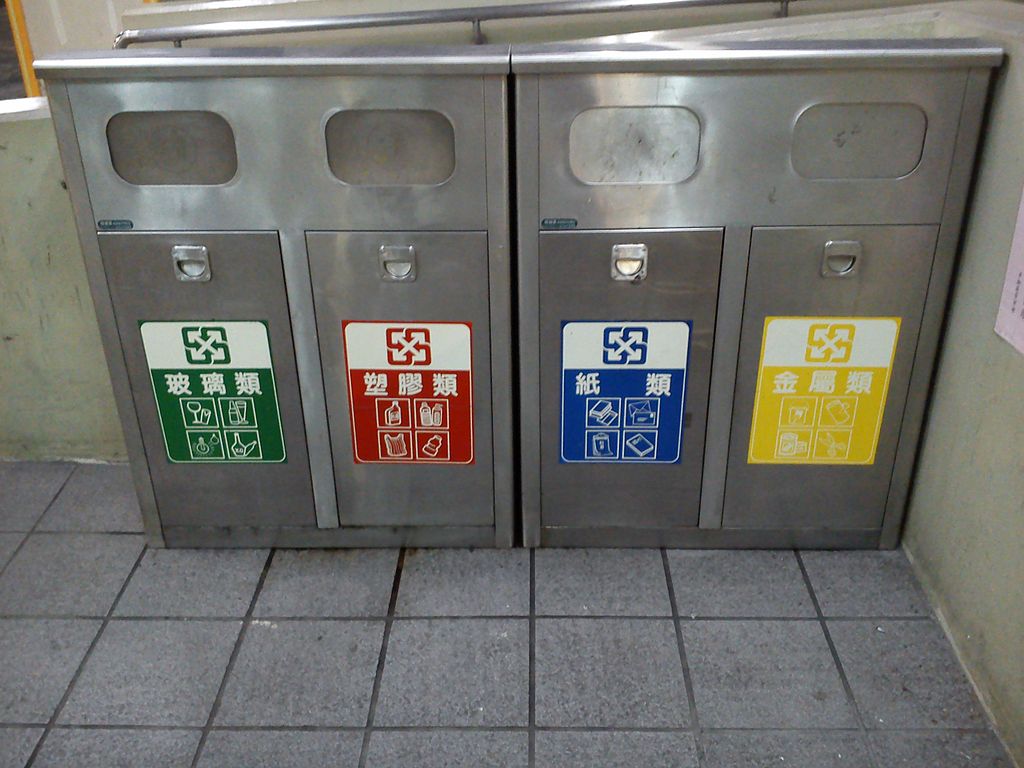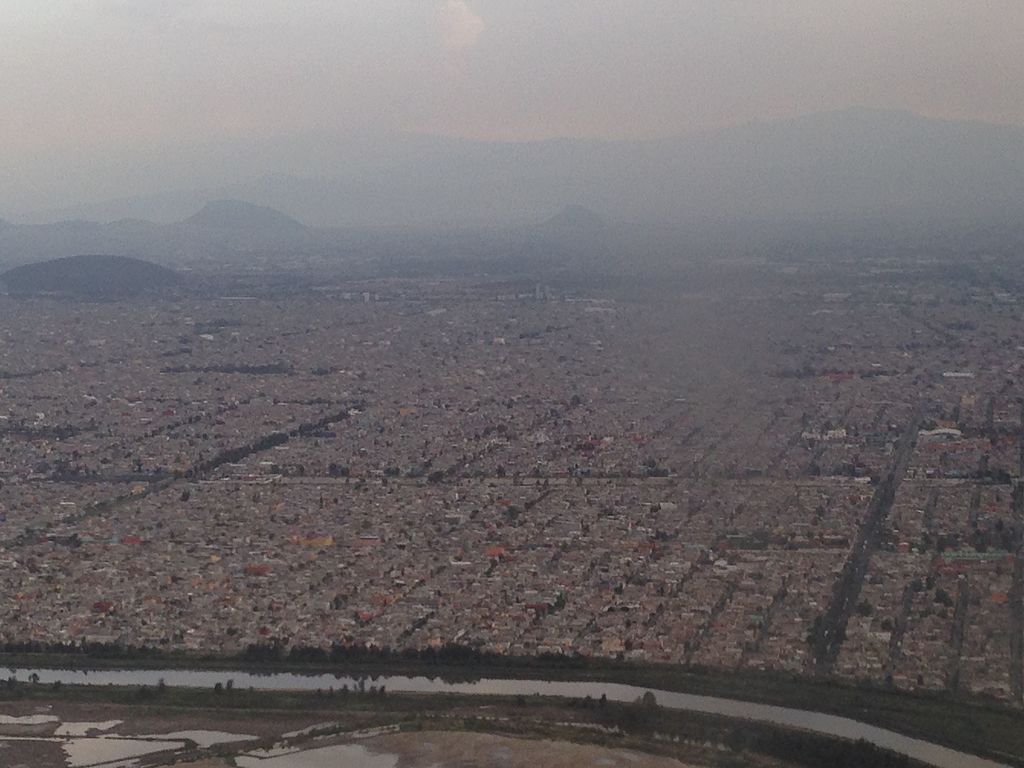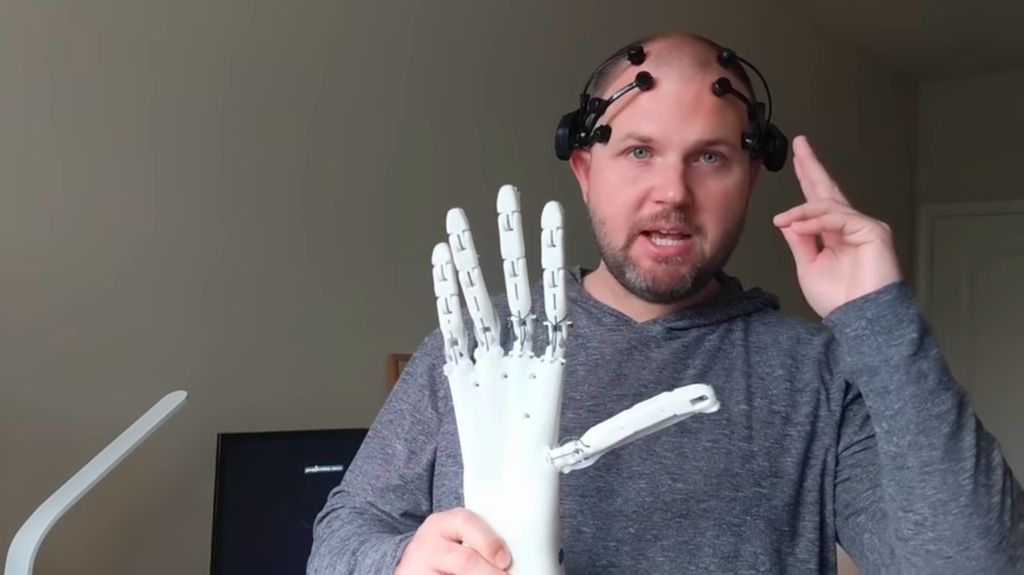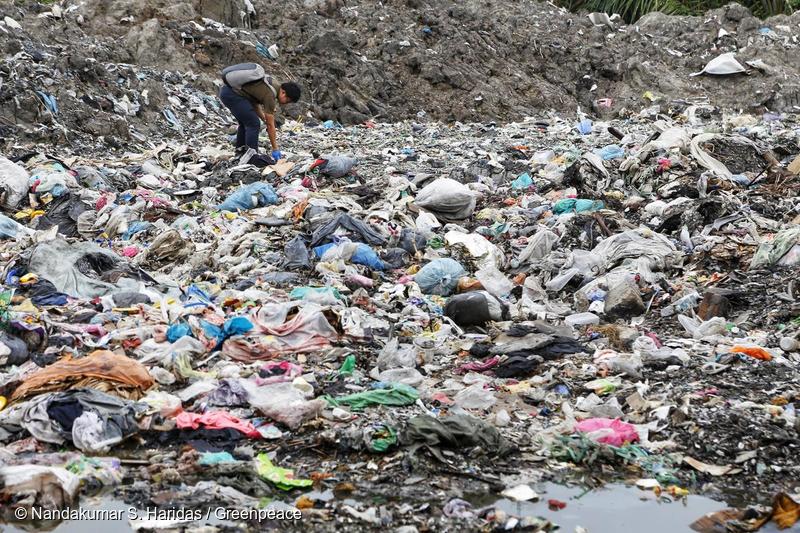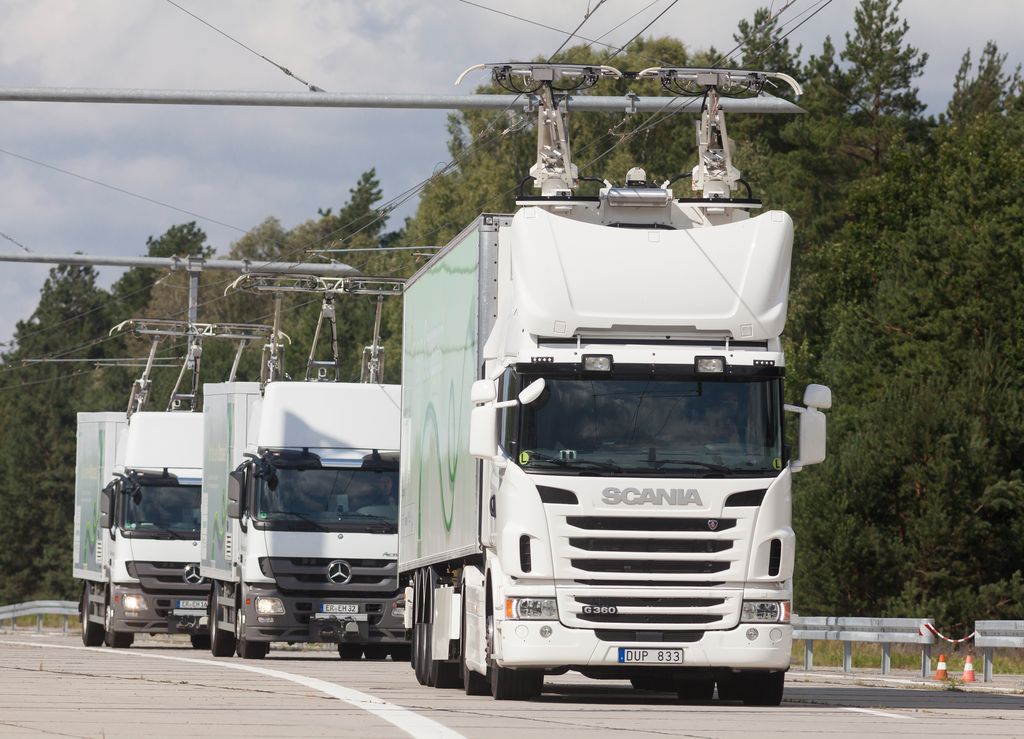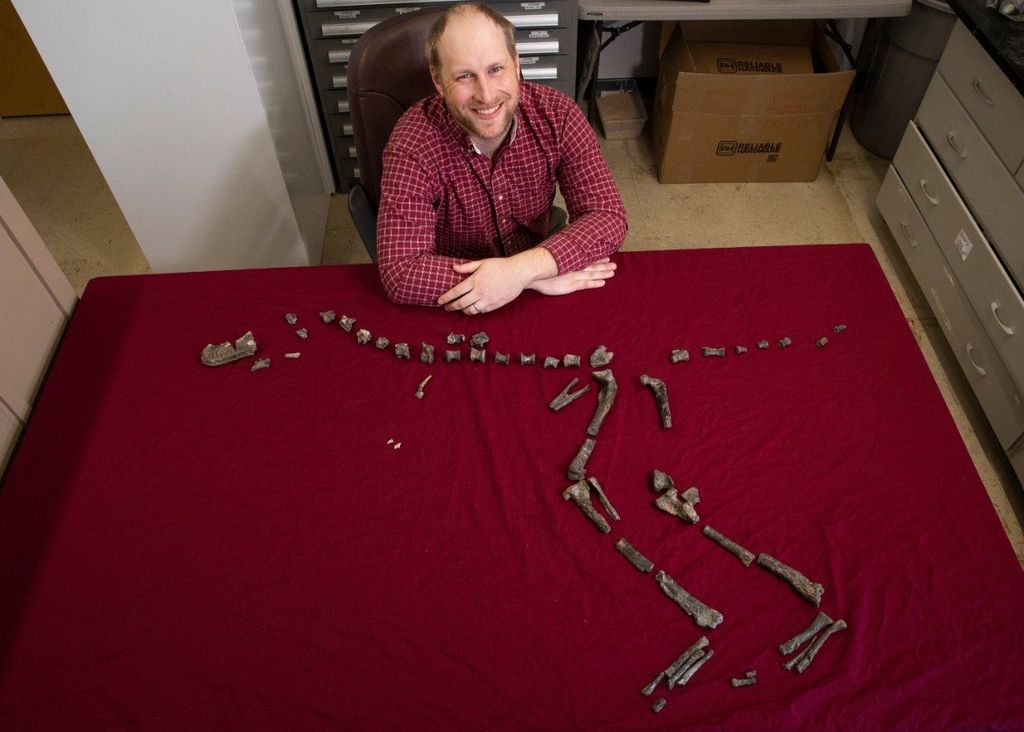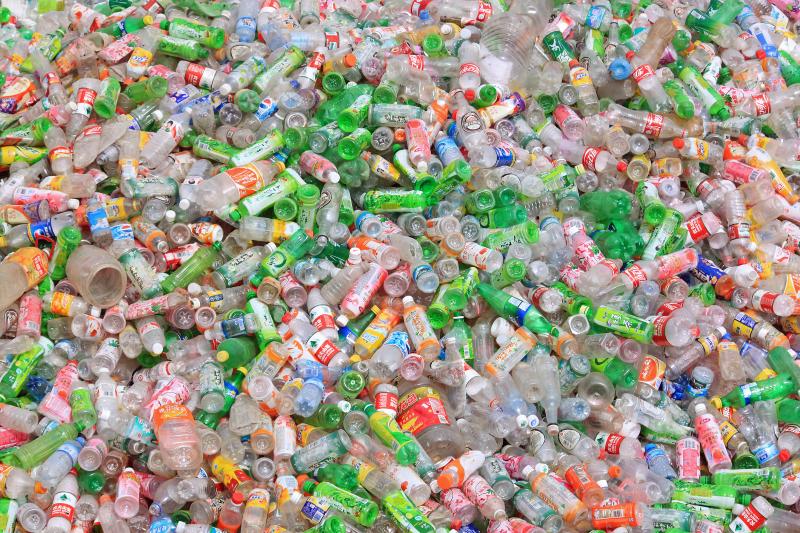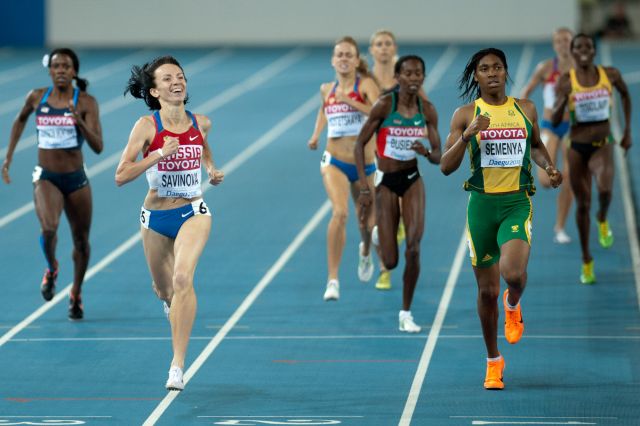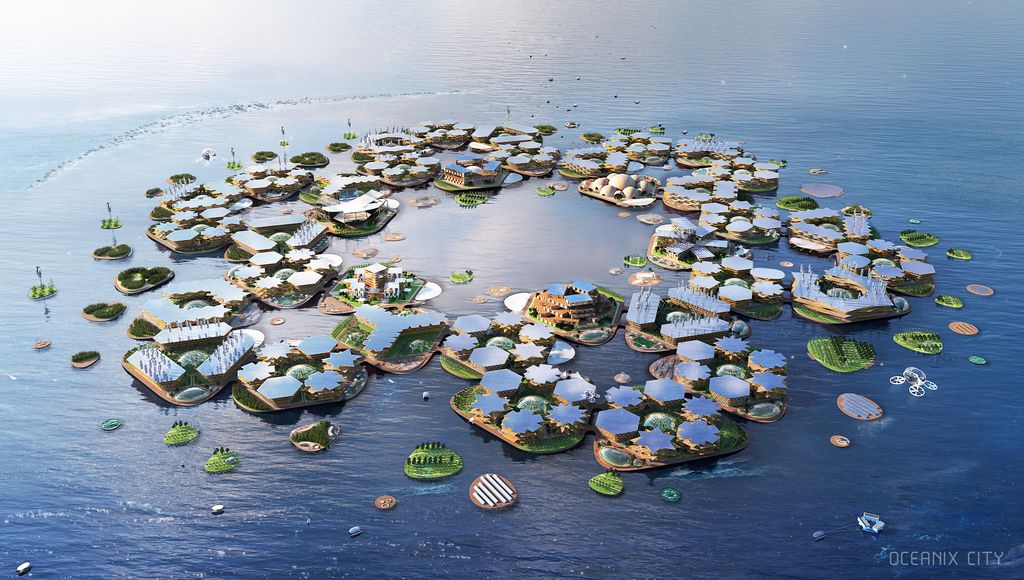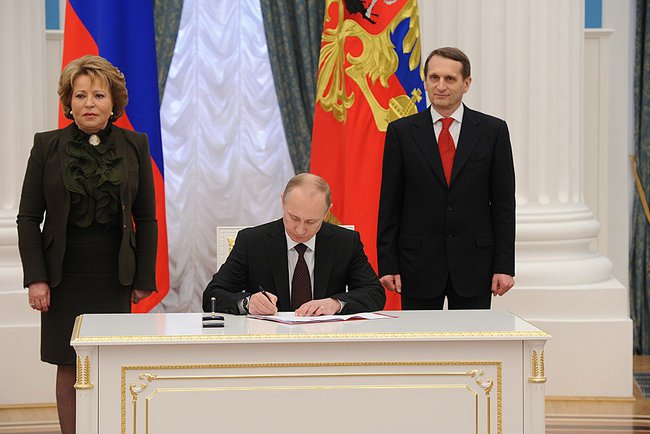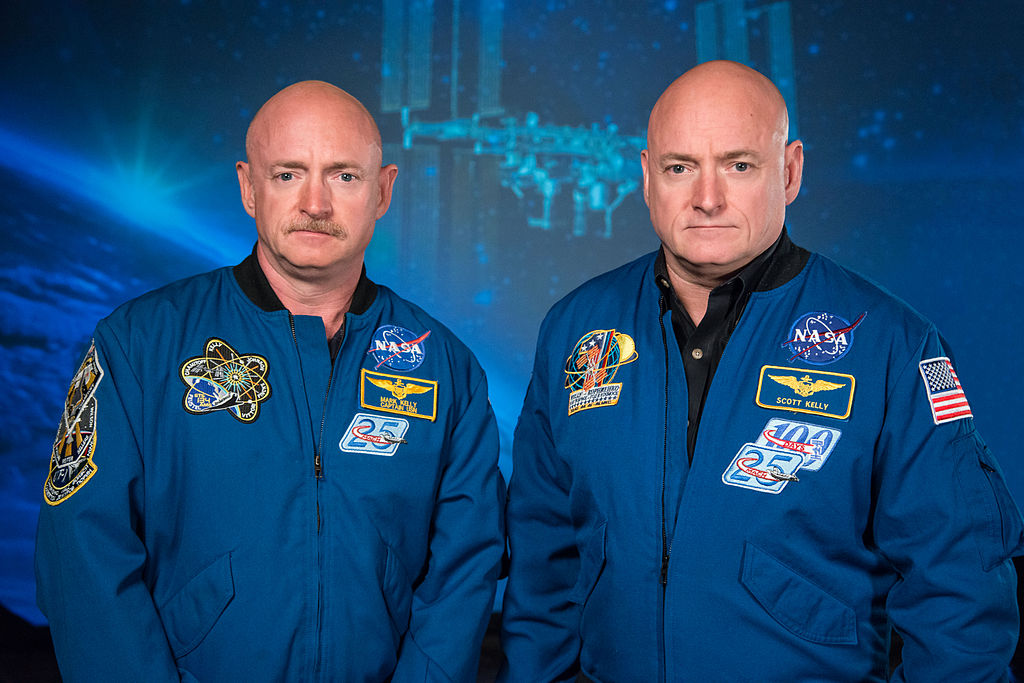Taiwan was once known as "Garbage Island". Now it is a world leader, recycling more than half of its waste in a business that brings in over $2 billion a year.
Published in “Science”
The air pollution in Mexico City has gotten so bad that the mayor called an emergency. Schools were closed on Thursday and Friday. The emergency was finally ended on Saturday.
In elementary school, Glenn Cameron was very aware of the challenges faced by his friend, who was missing a hand. Now Mr. Cameron has built a robotic hand that can be controlled by a human brain.
Last week, almost every country in the world except the United States signed a new agreement to control plastic waste. The new agreement should help track plastic waste and make sure more of it actually gets recycled.
Germany has opened a special electric highway for trucks. The system allows trucks which run on both diesel fuel and electricity to recharge their batteries while driving.
A dinosaur skeleton found by a teenager over 20 years ago has led to the naming of a new dinosaur related to the Tyrannosaurus rex. The boy who made the find is now grown and is the lead scientist.
Since the 1970s, people in many countries have been taught to recycle. Now, many places are cutting recycling programs, and often items that are sent off for recycling are never recycled at all.
Caster Semenya is a fast female runner who has won many world championships. She won gold medals at the 2012 and 2016 Olympics. Now she's been told she can't compete unless she takes a medicine that could make her slower.
A group called Oceanix has come up with a plan to create the world's first floating city. In early April their plan was discussed at the United Nations.
Russian President Vladimir Putin has signed a law allowing Russia to separate its internet from the rest of the world. Russia says this is for protection. Others worry Russia is trying to control information.
Astronauts Scott and Mark Kelly are twin brothers who worked for NASA. When Scott was chosen for a year-long trip to space, NASA used the twins to learn how people are affected by long trips in space.

